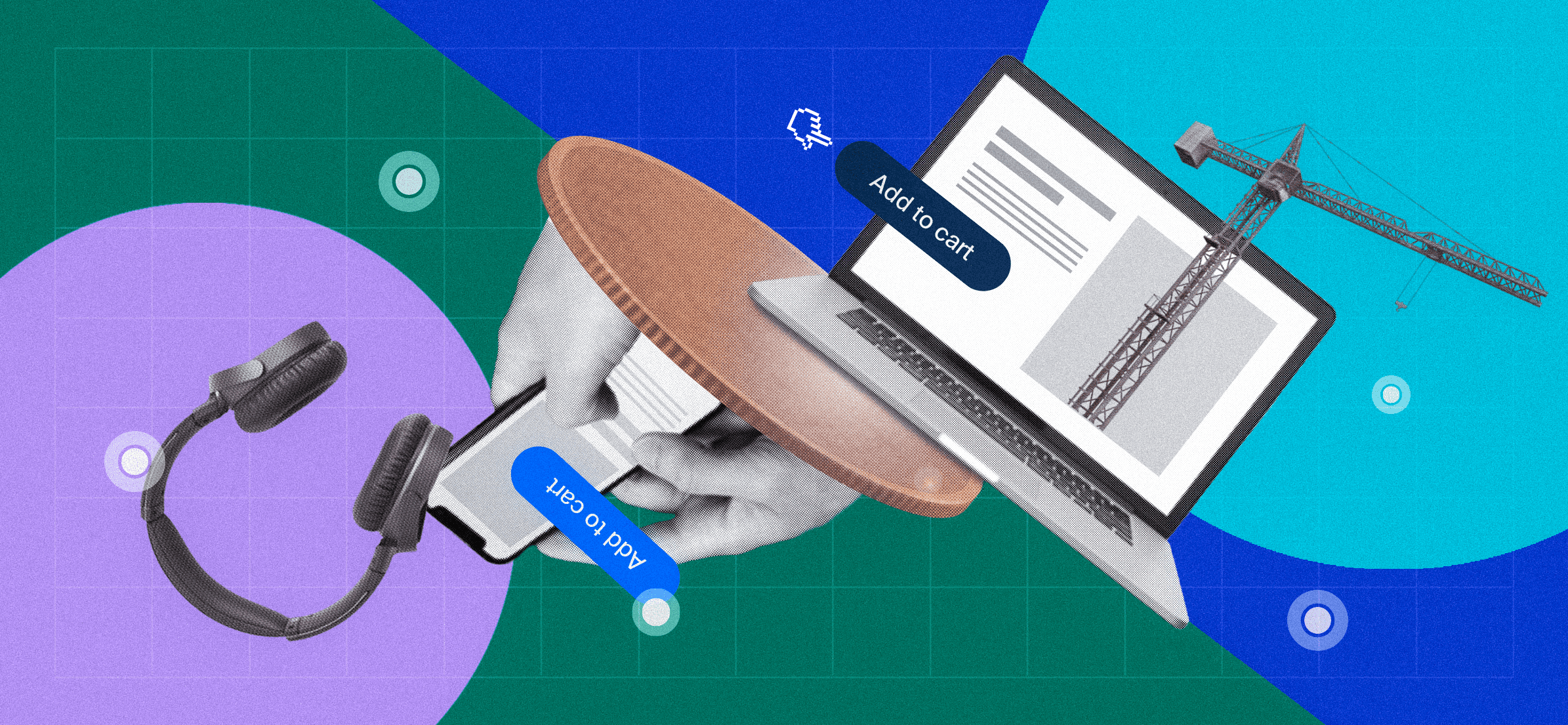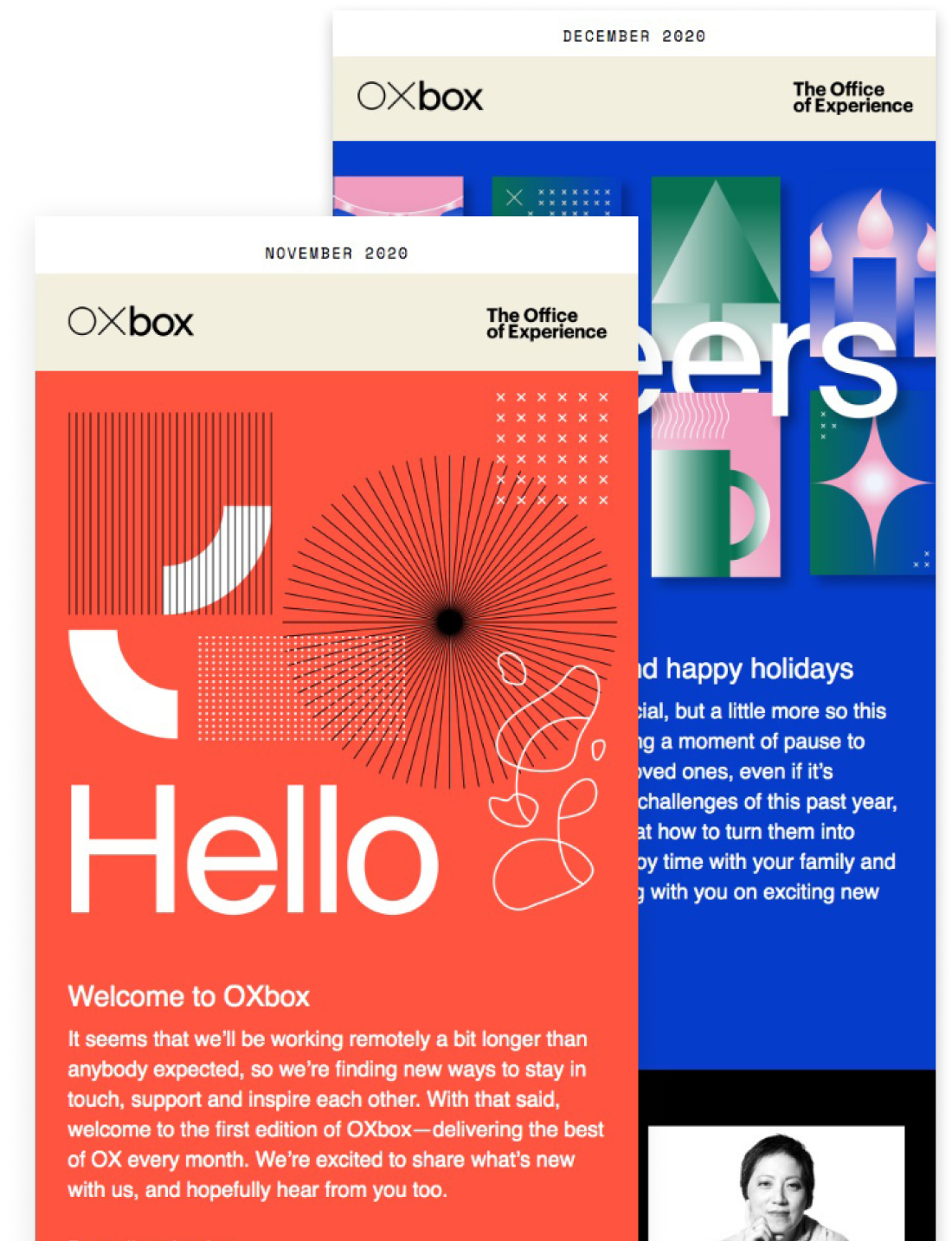
Business
No More Excuses: Correcting Three Common Misconceptions about B2B Ecommerce
The first in a three-part series.
We’re now more than a quarter century into the ecommerce revolution, and it remains an ever-growing force of nature. For business-to-consumer (B2C) companies, online purchasing has become fully entrenched in our culture and our economy. But despite this success, many business-to-business (B2B) organizations still lag behind in their adoption of ecommerce.
To a certain extent, this delay is understandable. From the birth of Amazon onward, B2C has enjoyed a significant head start, with years to perfect their use cases, refine their technology, and influence buying behaviors. And some B2B companies—think food distribution, manufacturing, and logistics services—have been working hard to catch up. B2B ecommerce sales are estimated to reach a staggering $3 trillion by 2027. (Yes, that’s with a “t”.)
But despite the magnitude of this opportunity, the B2B world still has its holdouts, even detractors. These aren’t fringe players, either—skeptical voices can still be heard in the C-suites of multi-billion dollar companies. Our experience helping ambitious B2B companies grow their ecommerce capabilities tells us something different. Not only is B2B ecom here to stay; like it or not, it’s becoming a critical competitive advantage.
So with so much at stake, we thought this would be a good time to consider three of the main excuses we’ve heard among the doubters—and offer some reality on why, with respect, we think they’re dead wrong.
Here’s part one of three.
Excuse #1: Ecommerce can’t work in B2B because business buying and consumer buying are fundamentally different.
The doubters love to claim that the B2B transaction is an entirely separate beast from the consumer purchase. Sales cycles are longer, products are more complex, and a vastly higher threshold of information is required before a deal is sealed.
We’ll freely admit that the B2B and B2C worlds have their differences, and always will. You can’t click to order a piece of industrial equipment and expect your new crane to arrive that week via the U.S. mail. But for a large proportion of B2B products, the tools and infrastructure have already been built to make B2B ecom a possibility—we do have the technology!
Operational details aside, though, that excuse falls apart for a deeper reason: the expectations of B2B buyers have evolved.
Reality #1: Because B2B buyers are also consumers, the old differences are fading fast.
Yes, B2B purchasing decisions are made on behalf of businesses—but they’re still made by people. As we discussed recently on The Agile Brand podcast, those folks are our neighbors and our fellow supporters at our kids’ soccer games. They shop on Amazon, arrange in-store pickup at the Apple Store, and order groceries from Instacart.
Because they’re consumers in their day-to-day lives, their comfort with ecommerce has increased dramatically in recent years. Their expectations have grown accordingly—and that realignment factors into the B2B purchases they oversee in the office. (If they still work in one, that is.)
They’ve grown accustomed to the Domino’s pizza tracker showing them how soon dinner will arrive, so they expect the same level of transparency when their company orders a new pickup truck or bulk food shipment. They find AI-driven music recommendations useful on Spotify, so they seek similar customization when researching their B2B purchases.
These raised expectations do put added pressure on B2B companies to deliver an ecom experience with the fine-tuned searchability they get on Google and the lightning-fast performance they see on Amazon. They’re conditioned to receive a frictionless buying experience at home. Why wouldn’t they want the same at work?
Not only are those storied differences between B2B and B2C purchasing fading away—great online consumer experiences are building more and more demand for making the two as similar as possible.
Read part 2 of this series here.
Drop us a line
ALL FIELDS REQUIRED







